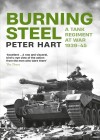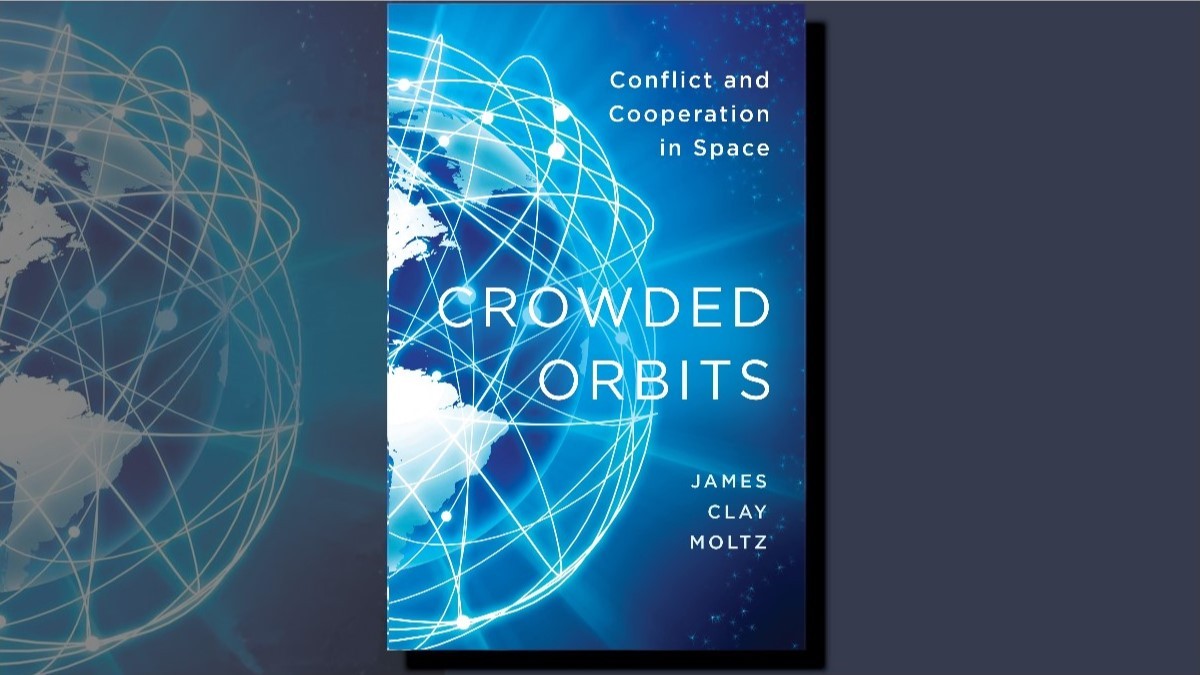Book Review - Burning Steel
A Tank Regiment at War 1939-45
By Peter Hart
Profile Books, London, 2022. 462pp.
Paperback ISBN: 9781788166409
Hardback ISBN: 9781788166393
eBook ISBN: 9781782837602
Reviewed by BRIG Chris Roberts AM, CSC (Retd.)
In an engaging and easily read style Peter Hart’s Burning Steel delivers a vivid account of the brutality, confusion, and reality of tank warfare during the Second World War. It is a history in which a graphic sense of combat leaps from the pages. Hart has written widely on men at war in his inimitable style. Drawing from his work as the former oral historian at the Imperial War Museum, he combines a narrative of the events which form the basis for the book, interspersed with numerous tracts of reminiscences by those who participated in them. He does so again in this book.
Here he relates the short history of a British Territorial Army tank regiment, the 2nd Fife and Forfar Yeomanry, from its raising in Scotland in April 1939 until its demobilisation and disbandment in January 1946. Taking us from the early days, when it was starved of suitable equipment, Hart traces the regiment’s training and numerous moves around the United Kingdom during the first four years of the war. The character of the regiment and the camaraderie of its members is revealed, as slowly its Scottish makeup is diluted as English and Welsh reinforcements are taken in, and assimilated. It is a period of frustration of not being sent to overseas theatres of war, of endless training, and being re-equipped with various models of British armoured fighting vehicles until receiving American Sherman tanks, with which they deployed overseas in June 1944.
The bulk of the book records the regiment’s eleven months’ experience of war, from the invasion of Normandy and the subsequent fighting through France, Belgium and Holland into the heart of Germany. In Normandy the regiment experienced the first shocks of battle and was introduced to the cauldron of tank warfare, as they duelled with their German counterparts. There the Sherman tank showed its vulnerability with a readiness to rapidly explode and ‘brew up’ when hit, earning the nickname of ‘Tommy Cooker.’ Here Hart weaves a well-researched battle narrative with the firsthand accounts of those who fought and survived. In doing so, he brings an evocative picture of what these men experienced throughout the campaign, and of how they felt and reacted to the events unfolding around them. This is brought home vividly in recounting the regiment’s brutal encounters during Operations Epsom and Goodwood, as the reality and horrors of armoured war fare was thrust upon the tank crews. In between the various actions are periods of rest and refitting, and of advances against a retreating enemy. Hart draws out all elements of the regiment from the fighting tank crews and each man’s responsibility in fighting the vehicle, of the headquarters and officer leadership, and the support provided by the logistics squadron. One senses the 2nd Fife and Forfar Yeomanry was a well led and close knit unit that fought well, often in difficult circumstances.
Overall, this is a splendid account of one tank regiment’s experience of war. It is an easy read that flows smoothly, as Hart navigates the unit’s progression from an ill-equipped and untrained group of individuals into a well-honed and close knit fighting regiment. It is a book that brings the regiment and its wartime record to life. Hart has done the memory of the 2nd Fife and Forfar Yeomanry proud.
The views expressed in this article and subsequent comments are those of the author(s) and do not necessarily reflect the official policy or position of the Australian Army, the Department of Defence or the Australian Government.
Using the Contribute page you can either submit an article in response to this or register/login to make comments.



